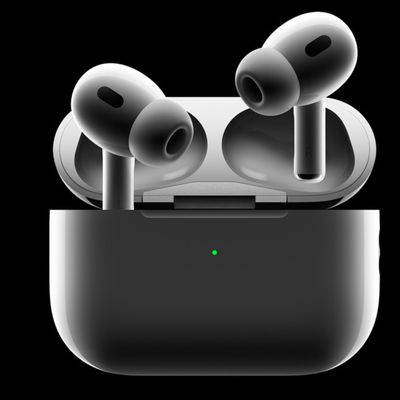Increase OS X Performance: Swap Partition
As most OS X users are probably aware "virtual memory" (or paging, in OS X's case) is always "on," as is the case with any modern operating system. It is an integral part of the kernel's functionality. As a result, every time OS X is booted, a swapfile is written to the partition where OS X resides. When many apps are open and free physical RAM becomes scarce, more swapfiles (80MB each) are written to the disk at need. As far as OS's go, OS X has a particularly robust paging system--but it does suffer a speed hit due to OS X's default configuration of writing the swapfiles amidst the files on OS X's own partition. Inevitable file fragmentation forces the swapfile to be written to and read from all over the disk, imposing the seek-time limitations of the disk on OS X's attempt to swiftly page data.
The solution: create a dedicated swap partition (which is the method Linux uses by default) for OS X to page to. In searching the web to find out how to make this alteration, I found a number of sites with prodcedures to follow. The one I felt most comfortable using as a guide was setup by Andy Moraitis. In looking at his procedure and through back-and-forth e-mail with Andy, it's clear that he has a deep understanding of the mechanisms of OS X and its paging system (and that of its predecessor, NEXTSTEP). And lucky for those with a mind to increase OS X's performance, Andy has recently put out an even more detailed version of his procedure, which you can get from his iDisk. (Note this guide is in Tex-Edit Plus format--download this editor from VersionTracker.)
Truly, if you're even remotely comfortable with using the the OS X Terminal shell, this modification is time well spent.
Popular Stories
The long wait for an Apple Watch Ultra 3 appears to be nearly over, and it is rumored to feature both satellite connectivity and 5G support.
Apple Watch Ultra's existing Night Mode
In his latest Power On newsletter, Bloomberg's Mark Gurman said that the Apple Watch Ultra 3 is on track to launch this year with "significant" new features, including satellite connectivity, which would let you...
Apple's next-generation iPhone 17 Pro and iPhone 17 Pro Max are just over two months away, and there are plenty of rumors about the devices.
Below, we recap key changes rumored for the iPhone 17 Pro models.
Latest Rumors
These rumors surfaced in June and July:Apple logo repositioned: Apple's logo may have a lower position on the back of the iPhone 17 Pro models, compared to previous...
The iPhone 17 Pro Max will feature the biggest ever battery in an iPhone, according to the Weibo leaker known as "Instant Digital."
In a new post, the leaker listed the battery capacities of the iPhone 11 Pro Max through to the iPhone 16 Pro Max, and added that the iPhone 17 Pro Max will feature a battery capacity of 5,000mAh:
iPhone 11 Pro Max: 3,969mAh
iPhone 12 Pro Max: 3,687mAh...
The upcoming iPhone 17 Pro and iPhone 17 Pro Max are rumored to have a slightly different MagSafe magnet layout compared to existing iPhone models, and a leaked photo has offered a closer look at the supposed new design.
The leaker Majin Bu today shared a photo of alleged MagSafe magnet arrays for third-party iPhone 17 Pro cases. On existing iPhone models with MagSafe, the magnets form a...
Apple's position as the dominant force in the global true wireless stereo (TWS) earbud market is expected to continue through 2025, according to Counterpoint Research.
The forecast outlines a 3% year-over-year increase in global TWS unit shipments for 2025, signaling a transition from rapid growth to a more mature phase for the category. While Apple is set to remain the leading brand by...
iOS 26 and iPadOS 26 add a smaller yet useful Wi-Fi feature to iPhones and iPads.
As spotted by Creative Strategies analyst Max Weinbach, sign-in details for captive Wi-Fi networks are now synced across iPhones and iPads running iOS 26 and iPadOS 26. For example, while Weinbach was staying at a Hilton hotel, his iPhone prompted him to fill in Wi-Fi details from his iPad that was already...
Apple today seeded the second betas of upcoming iOS 18.6 and iPadOS 18.6 updates to public beta testers, with the betas coming just a day after Apple provided the betas to developers. Apple has also released a second beta of macOS Sequoia 15.6.
Testers who have signed up for beta updates through Apple's beta site can download iOS 18.6 and iPadOS 18.6 from the Settings app on a compatible...



















